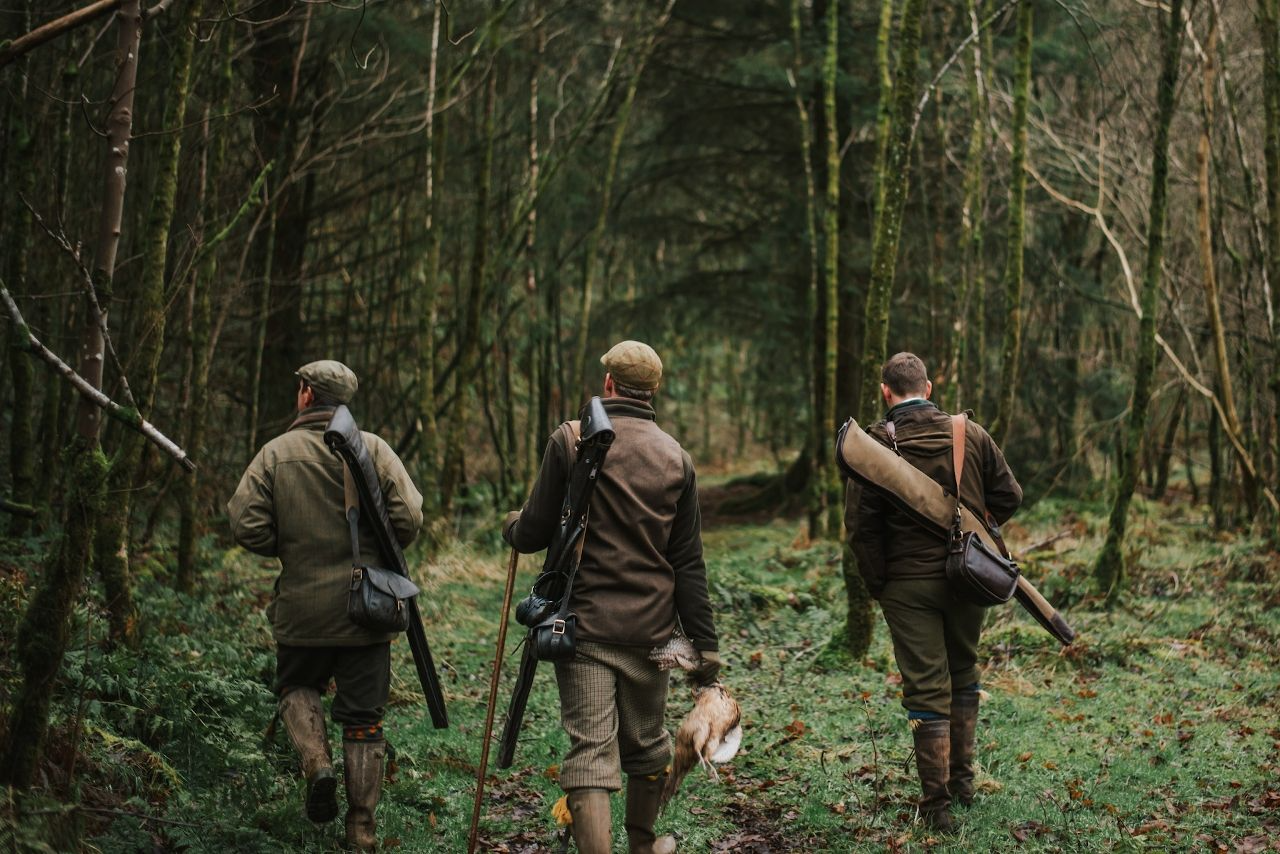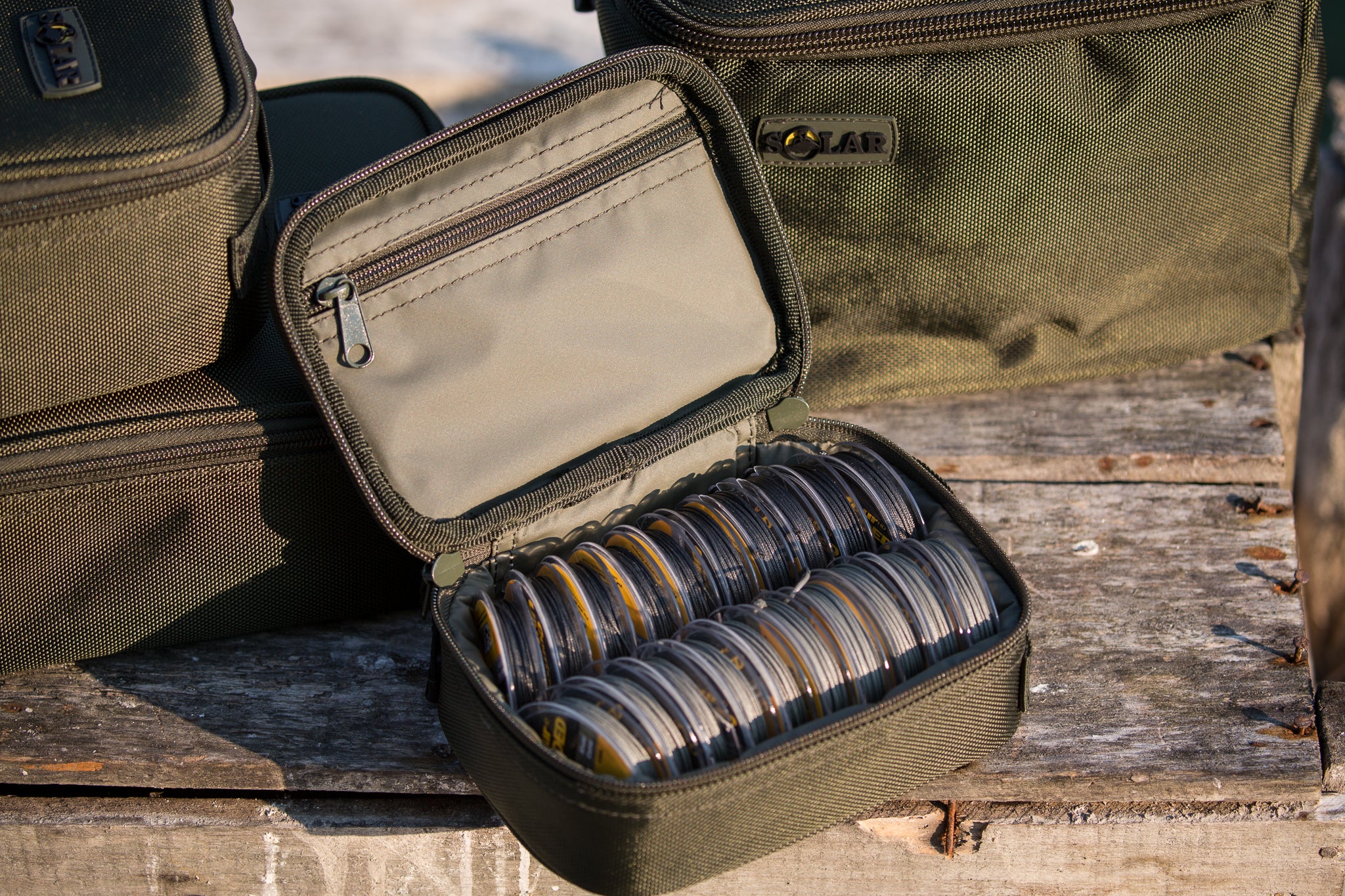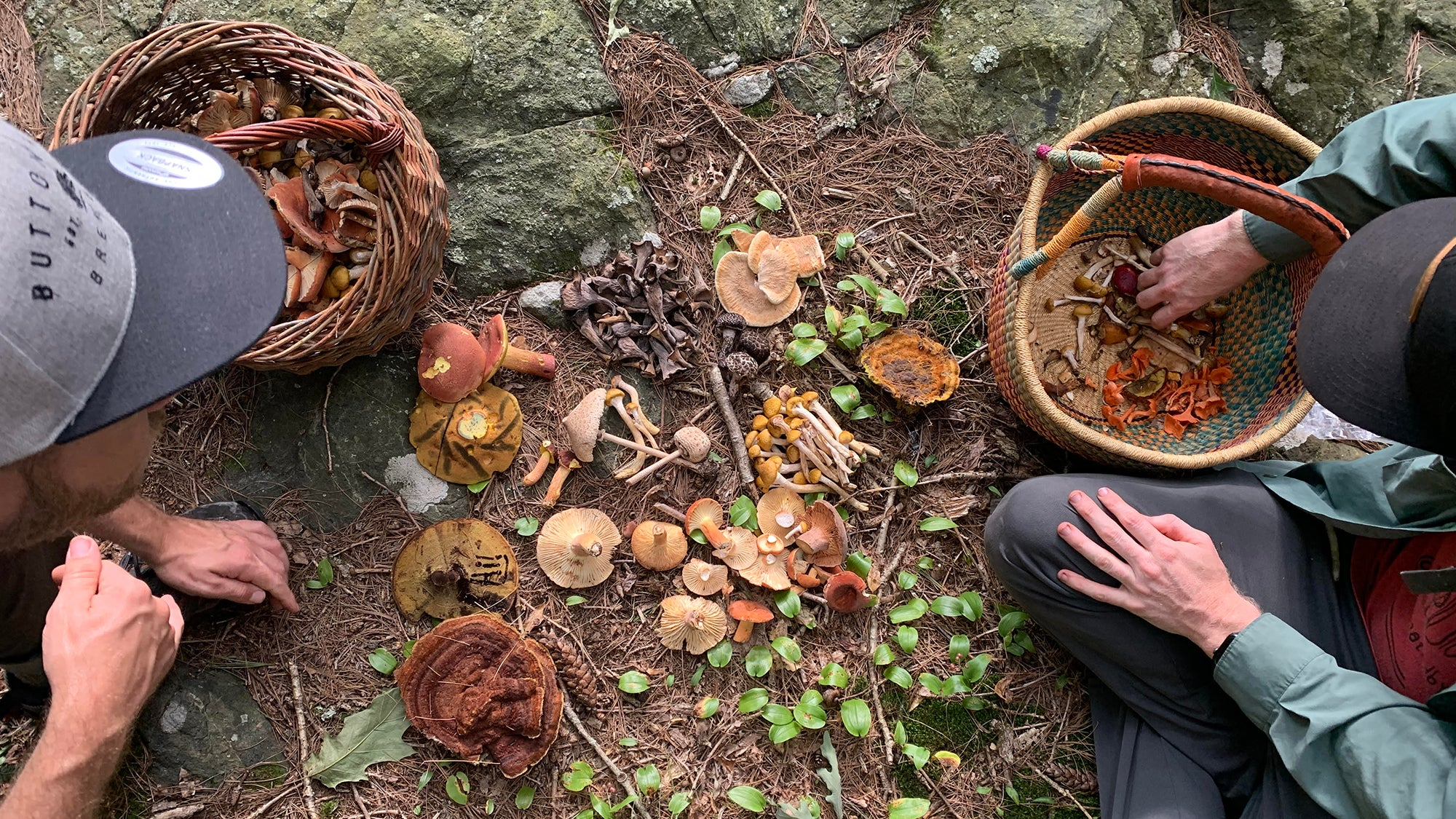Beginner’s guide to mushroom hunting: how to safely forage edible mushrooms
Mushroom hunting, or foraging, has gained popularity among outdoor enthusiasts looking to enjoy the thrill of finding fresh, wild mushrooms. Not only can mushroom foraging connect you with nature, but it can also provide you with organic, flavorful ingredients for your kitchen. However, for beginners, safety is paramount. Misidentifying mushrooms can be dangerous, as some varieties are poisonous and can cause severe illness.
Beginner’s guide to mushroom hunting: how to safely forage edible mushrooms
In this beginner’s guide, we’ll walk you through the basics of safely foraging edible mushrooms, from understanding the right environment to learning how to positively identify mushrooms before consuming them.
Why go mushroom hunting?
Mushroom hunting offers several benefits:
- Fresh, natural food: Wild mushrooms have intense flavors that surpass store-bought varieties.
- Exercise and exploration: Mushroom hunting takes you outdoors, often to beautiful forests and meadows, encouraging physical activity.
- Connection to nature: The process of identifying mushrooms and understanding their environment brings you closer to the ecosystem.

Essential mushroom hunting safety tips
-
Start with a guide or expert
The safest way to begin foraging is with the help of an experienced mushroom hunter or by using a detailed mushroom field guide. Books, apps, and local mushroom clubs can provide invaluable knowledge on the varieties in your region. -
Use reliable identification resources
There are thousands of mushroom species, and many of them look alike, so positive identification is crucial. When identifying mushrooms:- Look at key characteristics like the cap shape, gills, stem, and spore print.
- Check for distinctive traits, such as color changes when the mushroom is bruised, the presence of rings or volvas on the stem, or a specific scent.
- Never eat a mushroom unless you’re 100% sure of its identity.
-
Avoid mushrooms that resemble poisonous varieties
Some edible mushrooms closely resemble dangerous ones. For example, false morels look similar to the prized morel but contain toxins. If you’re uncertain, leave the mushroom behind. It’s always better to err on the side of caution. -
Practice responsible foraging
When foraging, pick only what you need. Avoid disturbing the surrounding vegetation and take care to not damage the mushroom’s mycelium, which allows future mushrooms to grow. Carry your mushrooms in a breathable basket or mesh bag to allow spores to spread and contribute to future mushroom growth. -
Avoid polluted areas
Mushrooms easily absorb toxins from their environment. Avoid foraging near roadways, industrial sites, or areas sprayed with pesticides, as these toxins can accumulate in the mushrooms and be harmful to consume.
The best edible mushrooms for beginners
Some mushrooms are easier to identify and safer for beginners to forage. Here are a few beginner-friendly edible mushrooms you can look for:
-
Morels
Morels are highly prized for their unique flavor. They are easy to identify with their honeycomb-like caps and hollow stems. They typically grow in spring near dead or dying trees, especially in forests with ash, elm, or oak trees. -
Chanterelles
Known for their trumpet-like shape and bright orange-yellow color, chanterelles have a fruity aroma and are easy to spot in summer and fall. They grow in symbiosis with trees, often near beech, oak, or conifers. Be cautious, though, as false chanterelles can look similar but have distinguishing features like thinner gills. -
Oyster mushrooms
Found growing on decaying logs and trees, oyster mushrooms have broad, fan-shaped caps and grow in layers. Their soft texture and delicate flavor make them highly sought after, and they’re easy to identify due to their whitish to light-gray caps. -
Puffballs
These large, round mushrooms are easy to identify when they’re young and solid white throughout. Look for them in open areas and fields. Be cautious, though—puffballs must be white inside to be edible. If the inside has turned yellow or brown, the mushroom is past its prime or could be a dangerous Amanita mushroom in disguise. -
Hen of the woods (maitake)
Hen of the Woods is a hearty mushroom with a distinctive feathery appearance, growing at the base of oak trees. Its unique fan-like structure and clustered growth make it easy to recognize, and it’s known for its rich, meaty flavor.
Mushroom foraging tools for beginners
To ensure a successful mushroom hunt, it’s helpful to have the right tools:
- Field guide or identification app: A detailed guidebook or app will be your best friend for cross-referencing mushroom species.
- Basket or mesh bag: Allows air circulation for the mushrooms and helps distribute spores as you walk.
- Knife: Used to cut the mushroom at the base to avoid disturbing the mycelium.
- Notebook/camera: Document your finds so you can research unfamiliar mushrooms later.
How to identify toxic mushrooms
While there are many edible mushrooms, there are also numerous toxic varieties. Learning to recognize poisonous mushrooms is key to staying safe. Some telltale signs of poisonous mushrooms include:
- White gills: Many dangerous species, such as the death cap (Amanita phalloides), have white gills.
- A skirt or ring on the stem: Many poisonous Amanita mushrooms have a ring around their stem.
- Volva at the base: The presence of a cup-like structure (volva) at the base of the mushroom is another feature of dangerous Amanitas.
Always double-check your identification with multiple resources, and if in doubt, leave the mushroom behind.
Preparing and cooking your mushrooms
Once you’ve successfully foraged your mushrooms, it’s time to enjoy them! Before cooking:
- Clean thoroughly: Use a brush or damp cloth to remove dirt, but avoid soaking the mushrooms in water as they can absorb moisture and lose flavor.
- Cook them: Many wild mushrooms should not be eaten raw. Cooking them helps to break down toxins and enhance their flavor. Simple preparations like sautéing with butter, garlic, and herbs are a great way to highlight their natural taste.
Join the mushroom foraging community
Mushroom foraging is more than a hobby—it’s a way to connect with a community of like-minded people. Consider joining a local mushroom hunting group or attending foraging workshops. These communities offer support, shared knowledge, and opportunities to learn from seasoned foragers.
Conclusion
Mushroom hunting can be a rewarding and enriching experience for those who enjoy nature and wish to explore its culinary offerings. While it’s important to proceed with caution, using a reliable identification system, respecting nature, and learning from others can make foraging an enjoyable and safe activity.
By following this guide and taking safety seriously, you’ll be well on your way to a successful mushroom hunting adventure. Remember, foraging is about patience and practice—the more you immerse yourself in it, the better you’ll become at identifying and enjoying the rich bounty of wild mushrooms.























